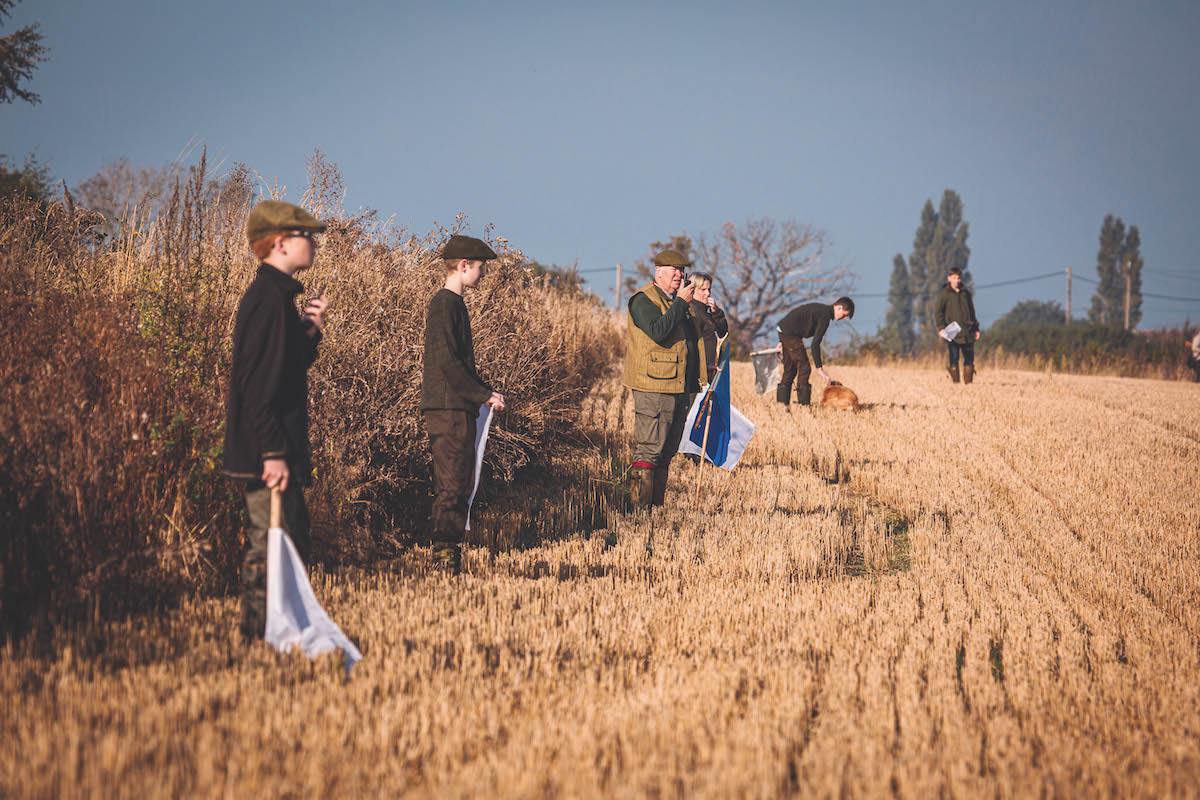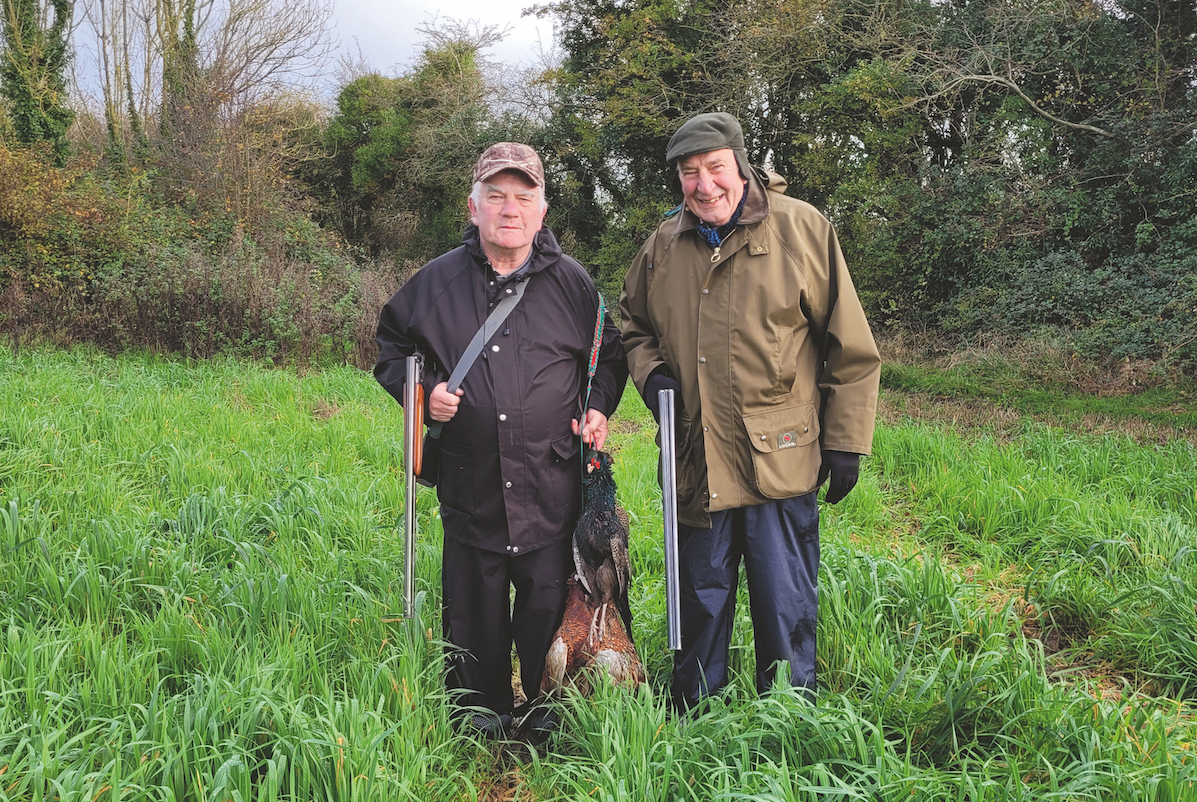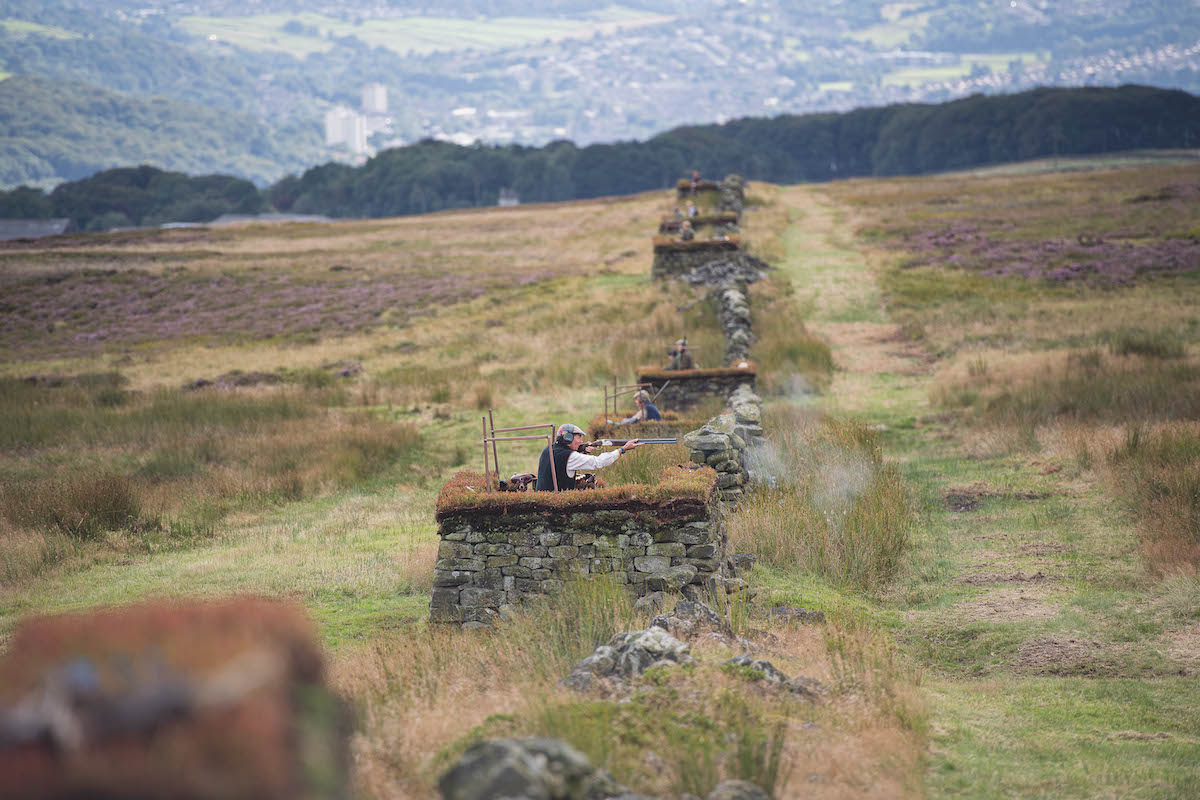A guide to beating for beginners: here’s how to take it in your stride
Not sure what to expect — or what to do — on your first day as a beater? Liam Bell explains how to take it all in your stride

Following the keeper's instructions is vital, so make sure you are listening
For those of us lucky enough to be involved in game shooting, and for people who live rurally and have farming and shooting contacts, finding somewhere to go beating is fairly straightforward. Knowing what to do is almost second nature (these types won’t wonder too much about beating for beginners) and knowing what to take and what a day’s beating entails is, in most cases, a simple matter of asking a friend. (Read beating on a shoot day – the golden rules.)
Beating for beginners
Fewer people live and work rurally than they did even 25 years ago — never mind 140 years ago, when the first copies of Shooting Times hit the press — and many of the people who want to give beating a go don’t have the contacts. Others are put off from giving it a go because they aren’t quite sure what to do when they get there, or are worried they might not get things right the first time they are out. Personally, I wouldn’t worry too much about getting everything right on your first day, as beating is very much a team effort. You would have to go some to mess up a drive, never mind an entire day. Furthermore, most keepers keep the newbies close to them or put them between a couple of regulars for their first day or two, where they can be kept an eye on lest they start to pull ahead, fall behind or head off in the wrong direction. What’s more, as most keepers are crying out for beaters, new ones are always made to feel welcome. (Read what to expect on the beating line.)

Beating is a job that suits the young and the moderately fit
No tweeds necessary
You don’t need any specialist kit to go beating, and you certainly don’t need a set of tweeds. All you need is a decent pair of wellingtons or boots, and a pair of leggings or gaiters to protect your legs from the worst of the thorns. And in the absence of the estate-issued beaters’ smocks of yesteryear, a waterproof coat, and a layer or two to put on underneath it if it is cold. In fact, most people wear far too much and struggle because they can’t move properly, and overheat. You do, however, need to be moderately fit to beat on a pheasant shoot, of above-average fitness if you are going to be bringing in lots of ground on a partridge day, and verging on athletic if you have your sights set on the moors. (Read our guide to the best gaiters here.)
Jobs
There are, of course, flanking and stopping-off jobs that can be done by the less able, but these are usually already taken up by the older beaters who have served their time in the line, and, in the case of ‘stops’ on pheasant days, by youngsters who are happy to start a little earlier than the main team, walking the boundaries of a wood or cover crop to keep the birds in. This isn’t to say there aren’t jobs which can be done by the less able, it is just that they are usually taken and the spaces in the beating team are usually for the moderately fit.

Before your first day, find out where the beaters meet and ask about the arrangements for lunch
Advice
If I had one word of advice on beating for beginners, it would be to turn up on time or even to be a few minutes early — but don’t get there half an hour before you are supposed to, because you will probably only get in the way. Keepers have an awful lot to do on shoot mornings, and probably won’t have time to stop and chat. If you are a morning person and you are happy to help before the rest of the team turn up, it is a different matter and your help will be most welcome, but it will understandably take time to build up the trust and no one is going to put a newbie in charge of something they could quite easily get wrong.
Find out where the beaters meet, as it is very often somewhere different to where the pickers-up, loaders and Guns do. Ask what they do about lunch, and have your NI details to hand for the shoot payroll/HR department’s tax returns.
As a new beater, you will almost certainly be placed in the middle of the line. Keep an equal distance between the two people either side of you, walk the same pace as they and the rest of the line do, and tap or flag as instructed. Don’t make any unnecessary noise, don’t walk around cover that looks too thick, too wet or too high to get through — as that is where the birds are most likely to be tucked in — and keep an ear out for instructions.

Most shoots a ross the country have a team of regular beaters, but there are often openings if you’re any good at the task
Instructions
Some keepers start their drives with a horn or whistle, others are happy for the Guns to be ‘live’ on their pegs and ready and able to shoot as soon as the first birds present themselves. Either way, you will be told when to move, and when to start tapping. Which, depending on where you are placed, might not be when the drive actually starts. You may have to stand quietly until a piece of cover has been blanked-in, or wait until the front of a drive has been brought up a hill and the birds closer to the flushing point.
Stopping is, of course, equally important, as is listening for and to instructions and passing them on. There are lots of variables, but as long as you are looking and listening, and only move when you are asked, it really is quite hard to get wrong.
Working a dog will add to the enjoyment of your day, but if neither of you have done any beating before, it is probably best to leave it at home until you have got the hang of things, and have had a chance to see and understand what is expected of dogs. No dogs are perfect, but steadiness and recall are a must, and it would be wrong to expect a dog to keep close and understand what is needed of it if you aren’t quite sure yourself. (Read how to get your dog ready for the beating line.)








